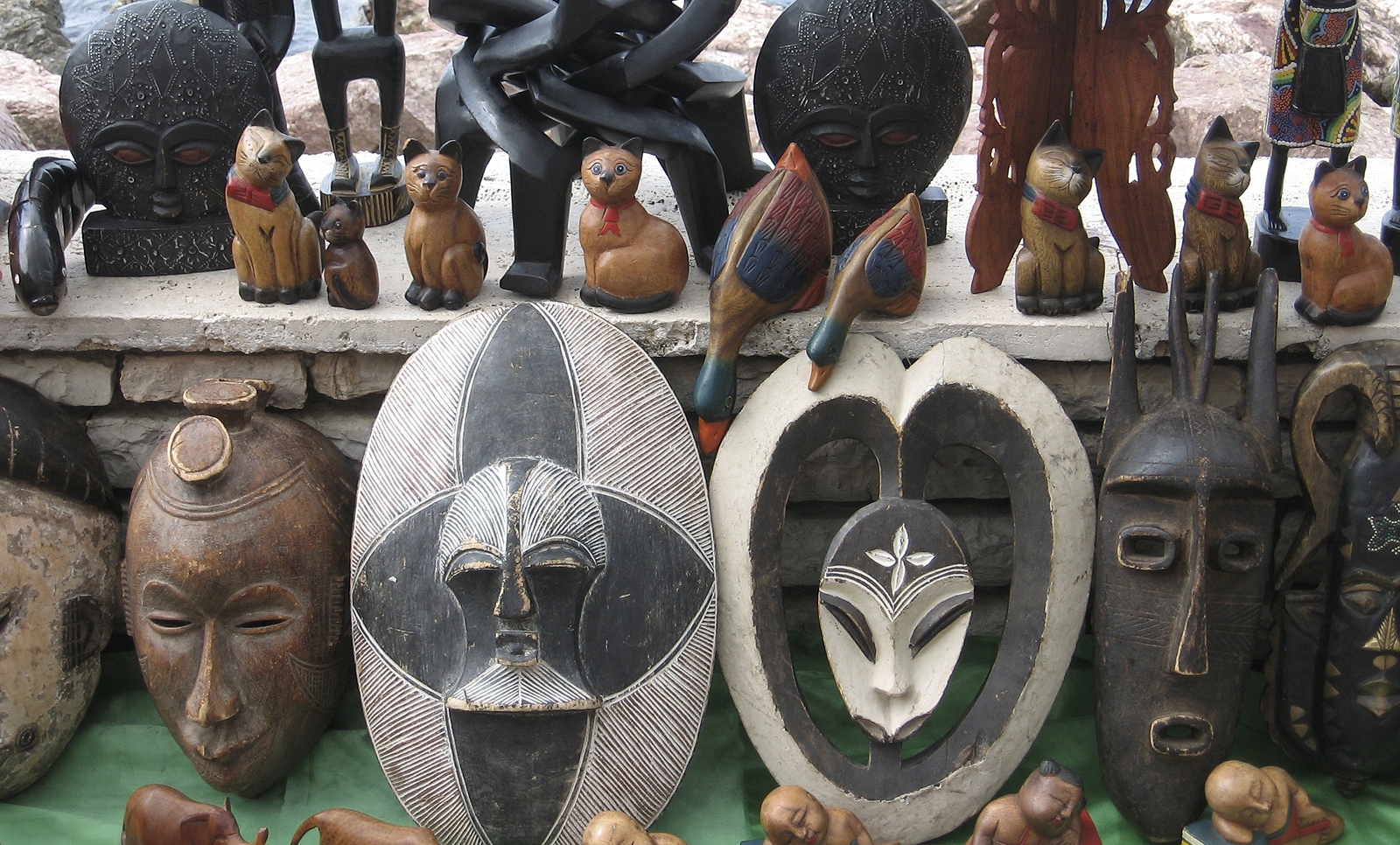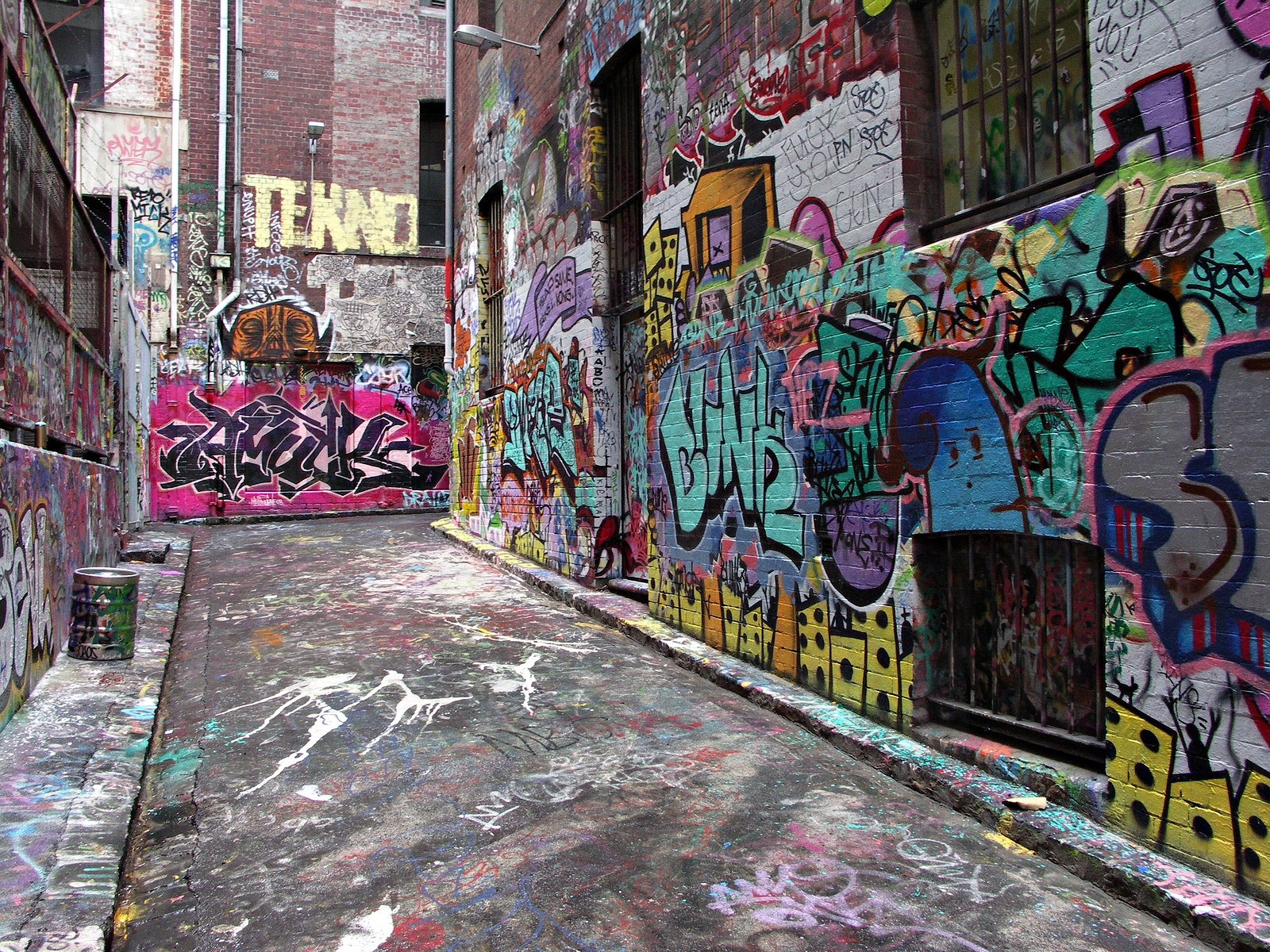Since African art is a diverse category with a complicated history, a beginner collector needs to understand what they are dealing with before starting to build their collection. Here are some things that all African , emerging or established, should consider.
African Art Collectors: Historical Problems and Modern Solutions
Issue 1: Not all African art is ethically sourced
One cannot talk about African art without discussing the centuries-long history of oppression, displacement, and slavery, which lays the foundation of many institutional African art collections in the West. A lot of objects in museum collections were not ethically or legally sourced. Thankfully, the efforts toward repatriation of indigenous objects to their original cultures do not seem to be stopping any time soon. But what does it mean for art lovers interested in collecting African art?
When looking to purchase artworks and crafts originating from the African continent, you have to be mindful of their origins. Always research the provenance of anything you are buying. You can do that with the help of online resources, art advisers, or by directly contacting the seller of the item.
Issue 2: The myth of “African art” as a homogeneous category
Many think of African cultures as a homogenous group, and the general lack of knowledge about local arts and crafts does not help. African art is incredibly diverse: each African country, nation, and tribe has its own culture and area in which they specialize. For example, the town of Igbo Ukwu in Nigeria was known for its intricate bronze work, while the Sapi people, who lived near the Ivory Coast, favored ivory. In addition, Egyptian artifacts are considered an entirely different collecting category.
Learning about African art in all its different forms can help aspiring collectors find a collecting niche and guide seasoned patrons in diversifying their growing collections.
Issue 3: African art is not just ancient art
Finally, all African art collectors should remember that African art is not just masks and idols, although they also carry immense cultural and collecting value. are finally getting recognition worldwide for their skills and talent. Masterfully blending traditional African techniques and themes with Western influences, they create pieces that collectors all over the world are willing to pay millions of dollars for.
By paying attention to the provenance of your African art collection, educating yourself about African history and cultures, and exploring the contemporary artistic landscape, you will be able to build a rich and diverse collection that will stay relevant for a long time.




